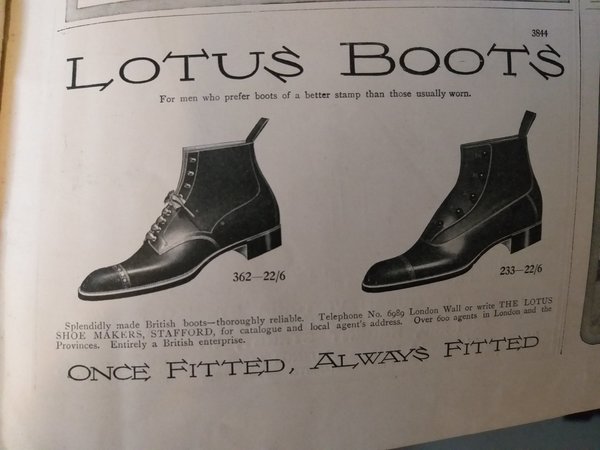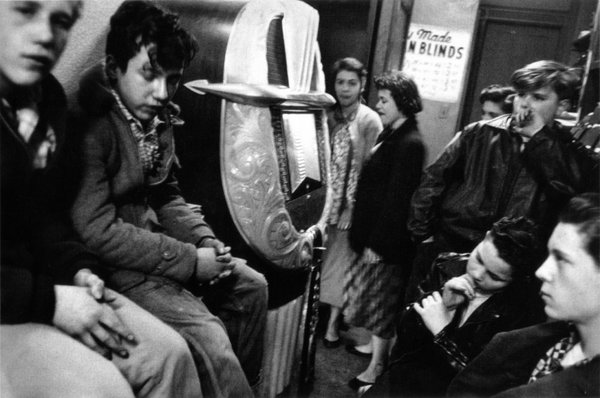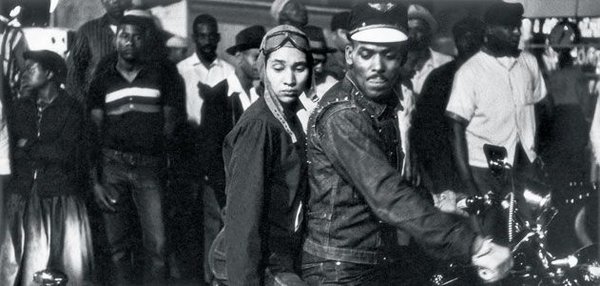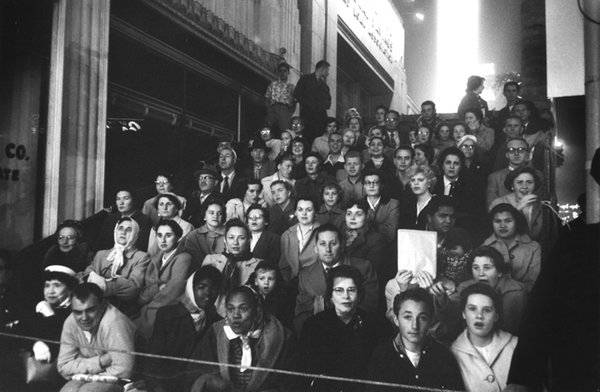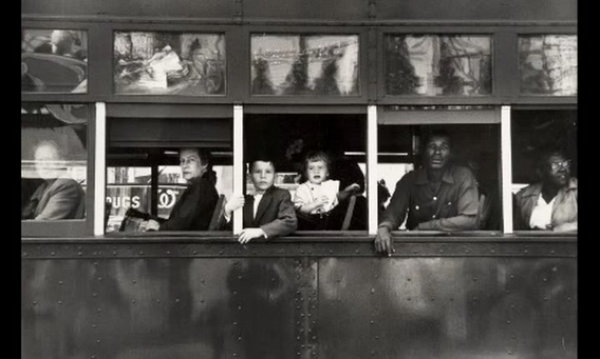- Joined
- Apr 15, 2020
- Messages
- 162
- Reaction score
- 317
I started with Vass Shoes some 13 years ago. My first pair was for €250.- (RTW classic shoes from their range, VAT incl.)
Edward Green was for GBP690.- now roughly GBP1000.-
St. Crispin, A.Sargent, etc. All have a much higher price today...
Edward Green was for GBP690.- now roughly GBP1000.-
St. Crispin, A.Sargent, etc. All have a much higher price today...
